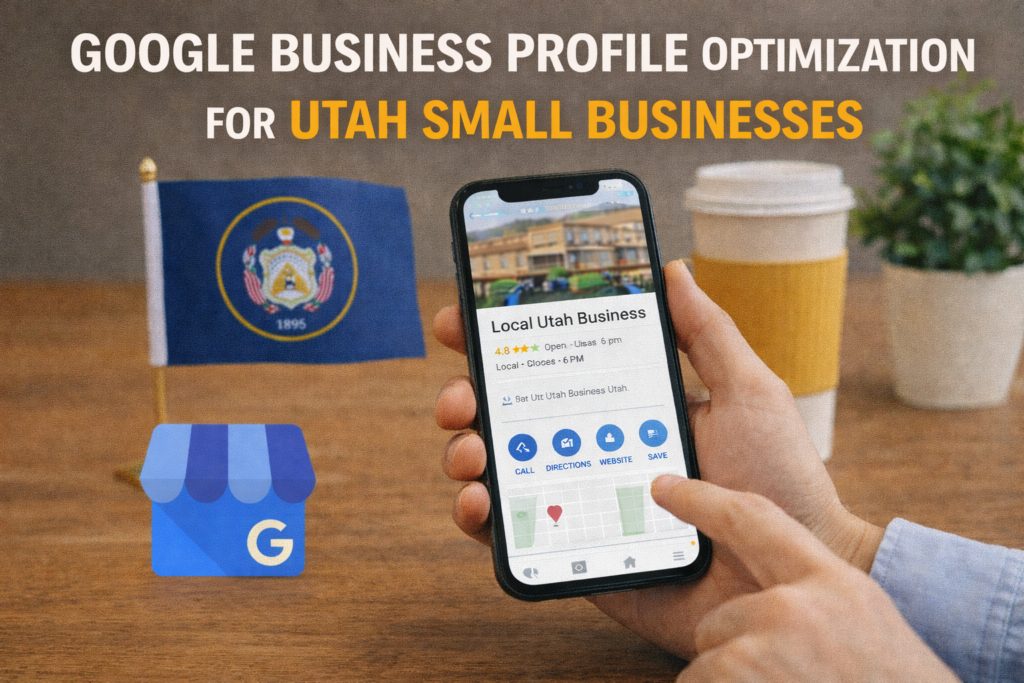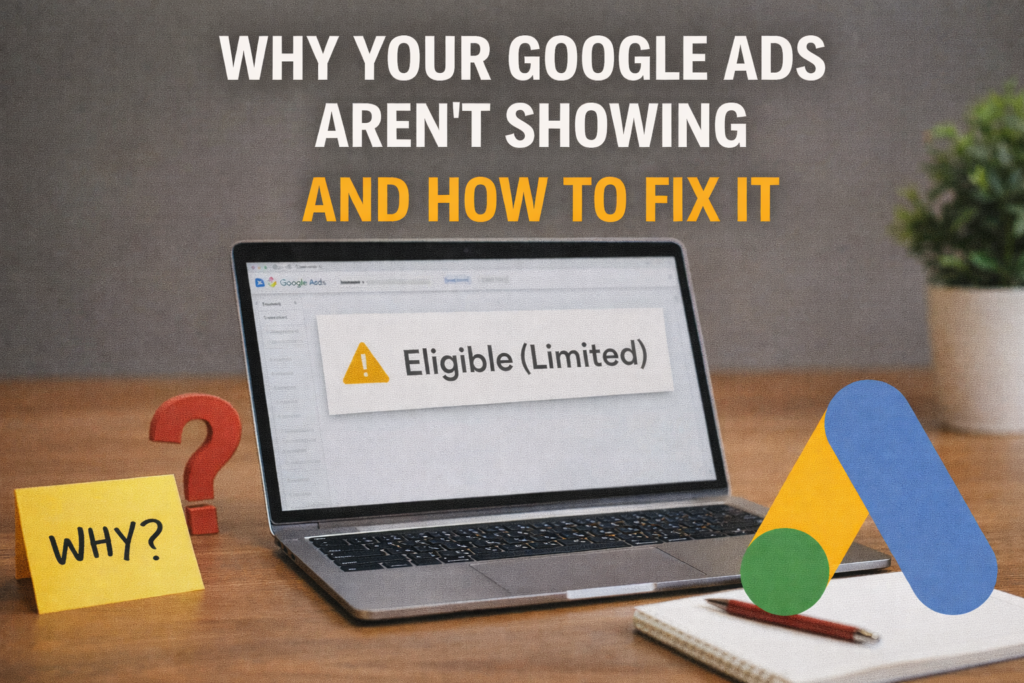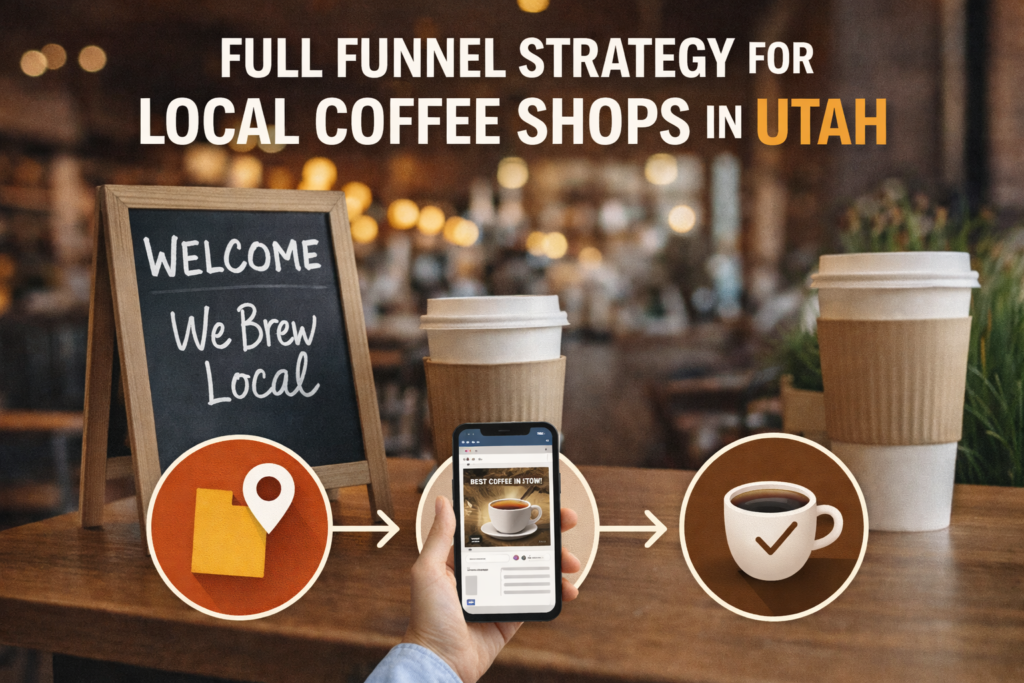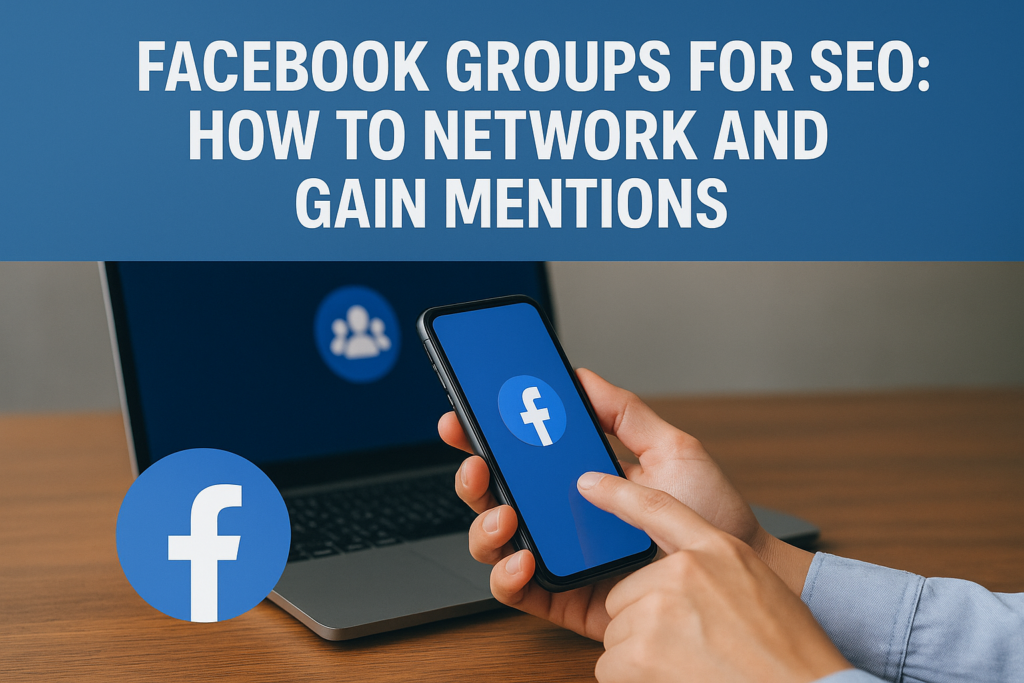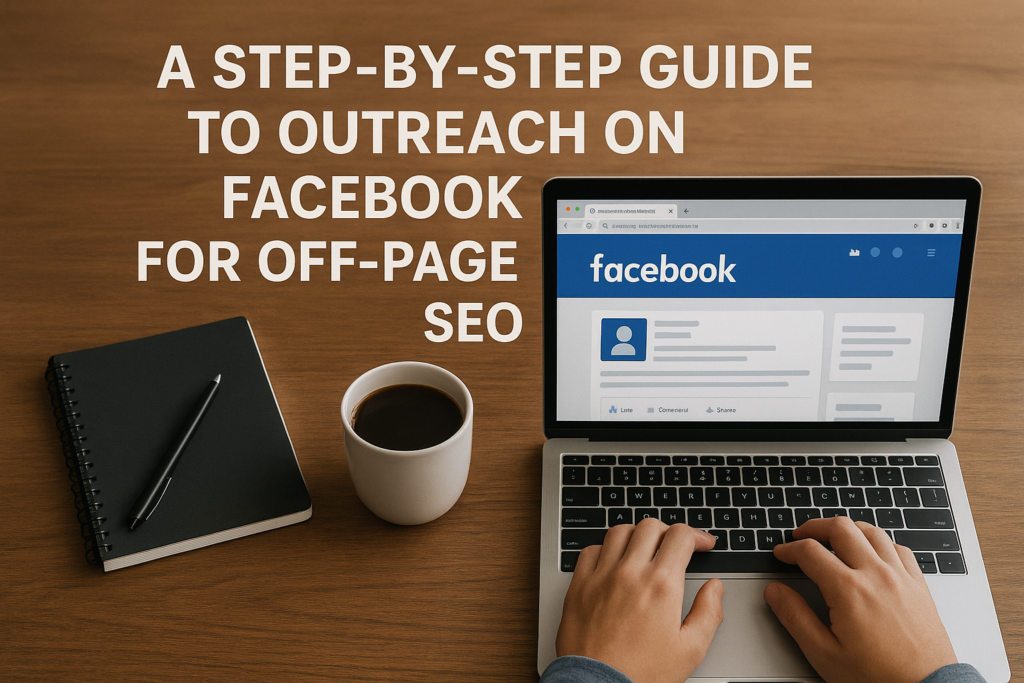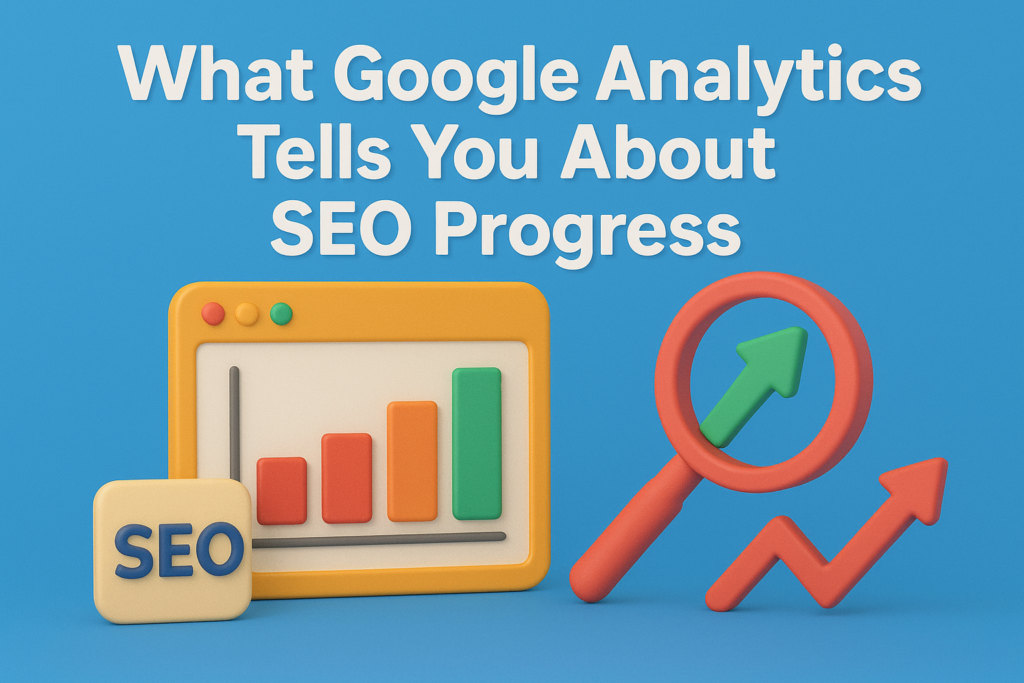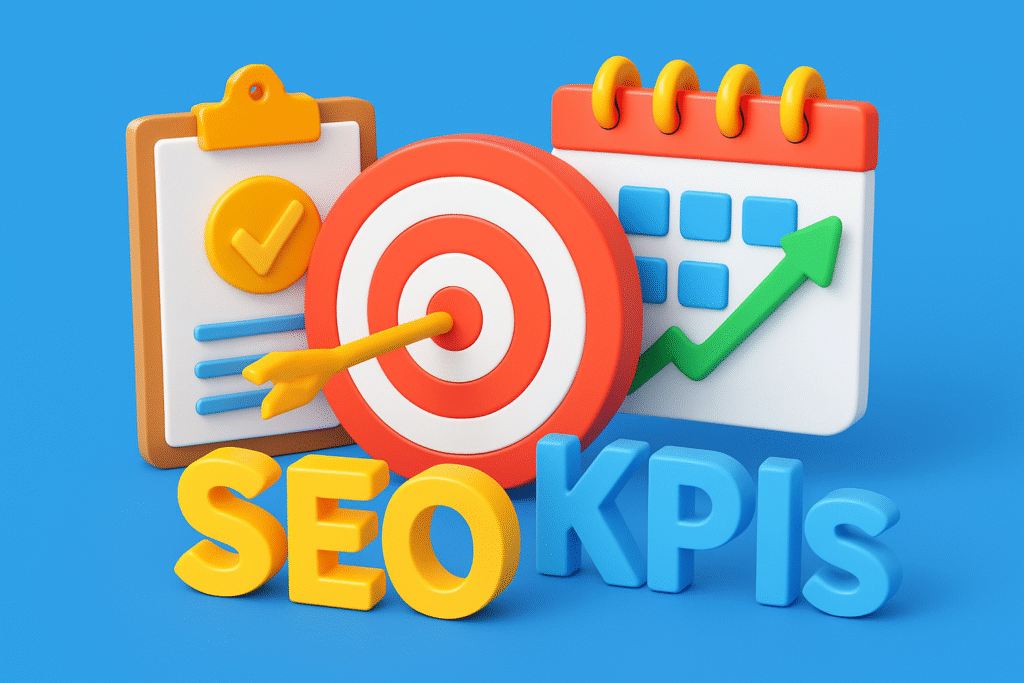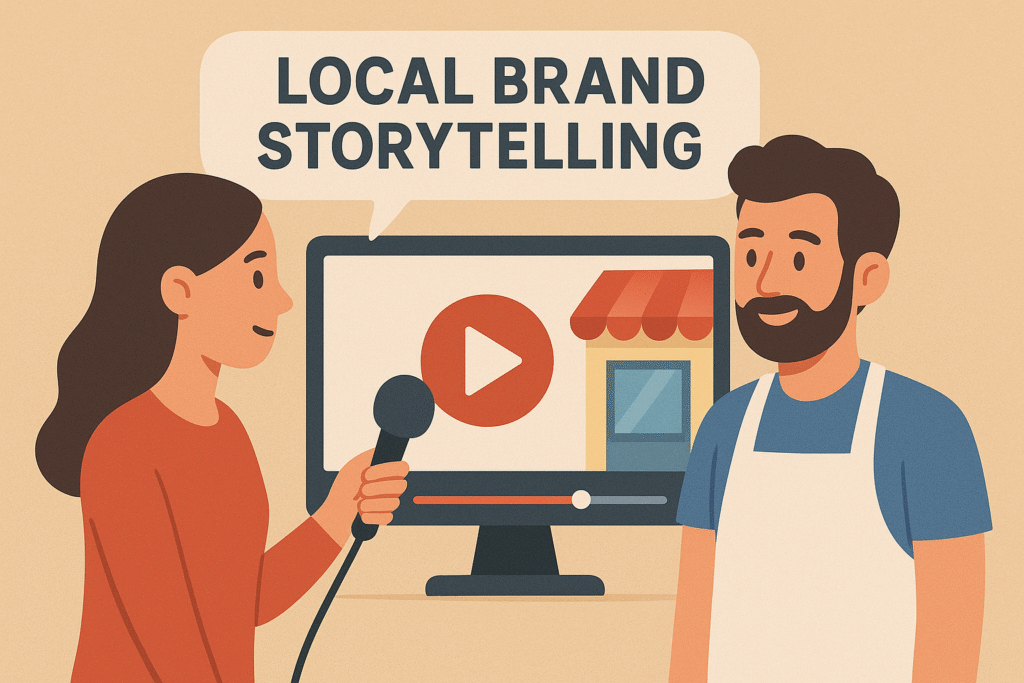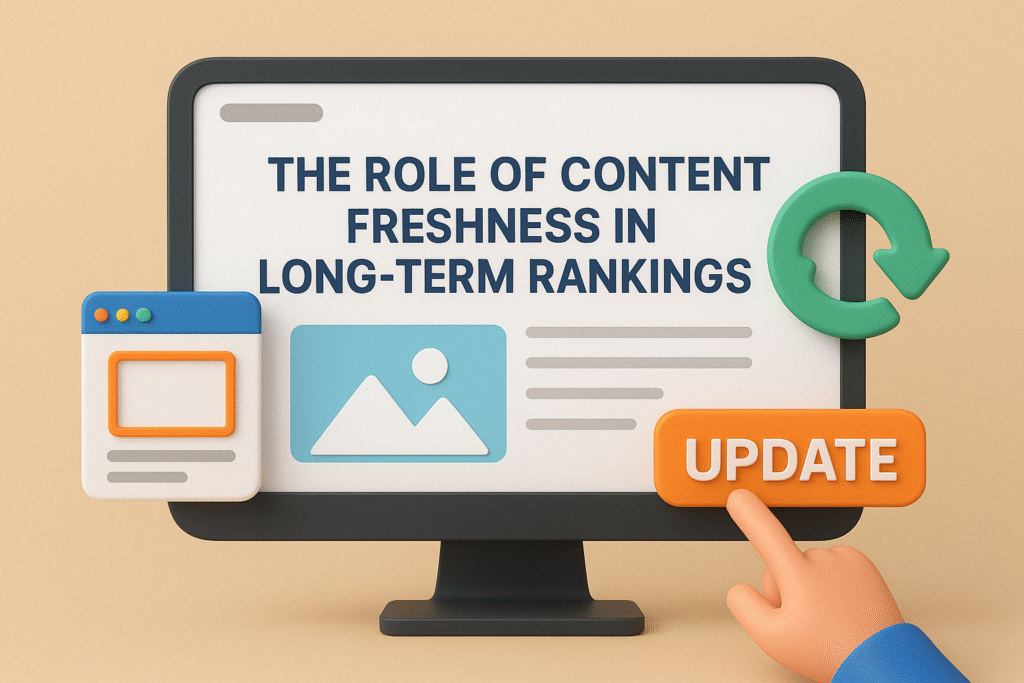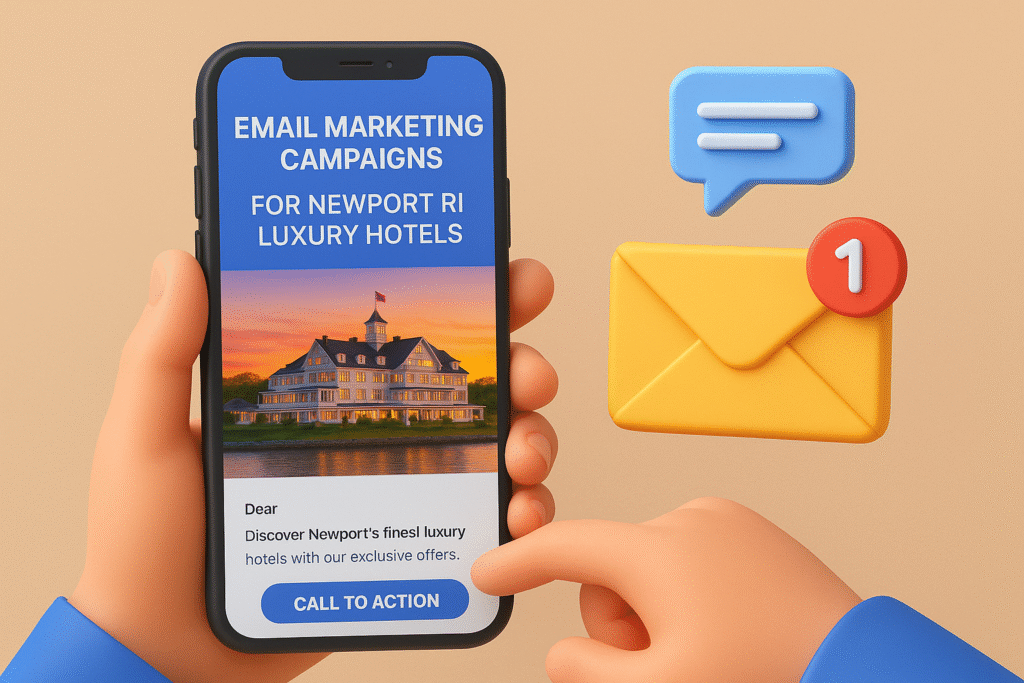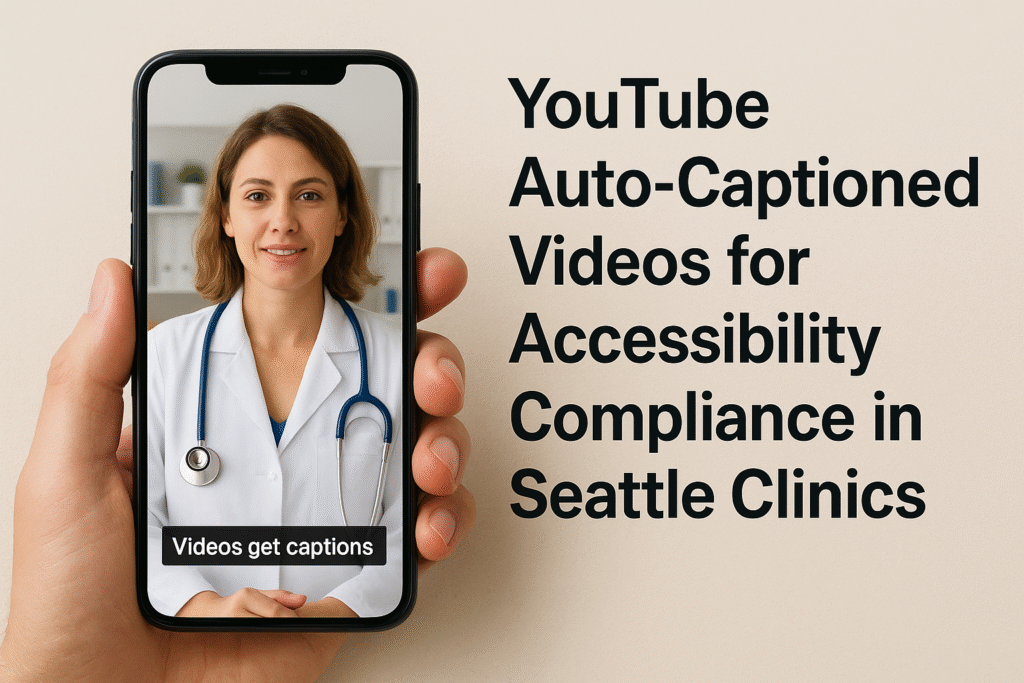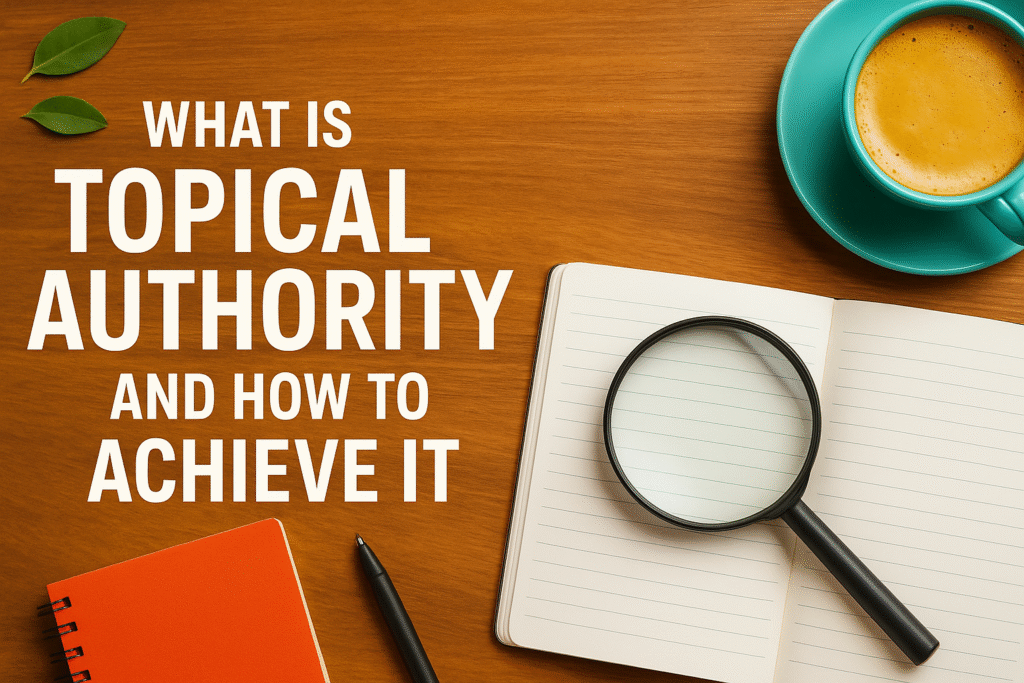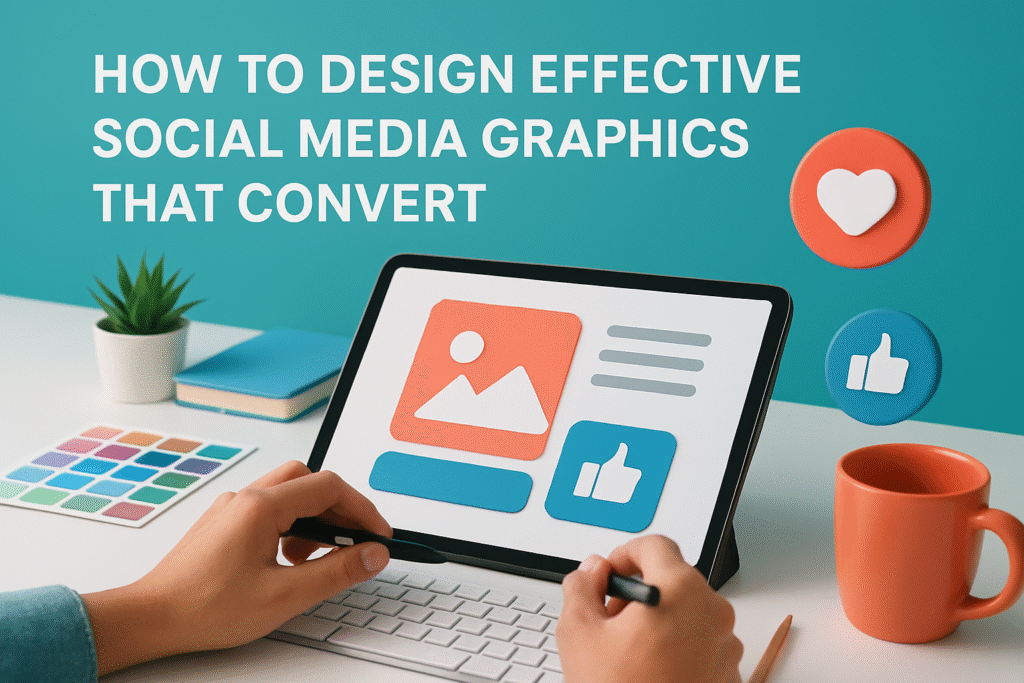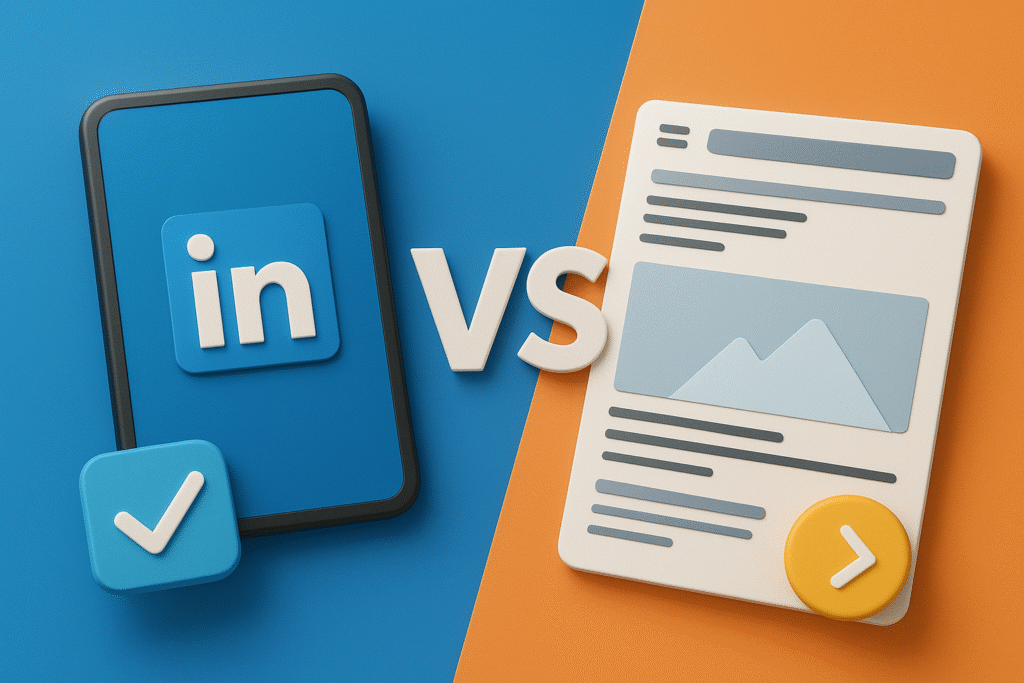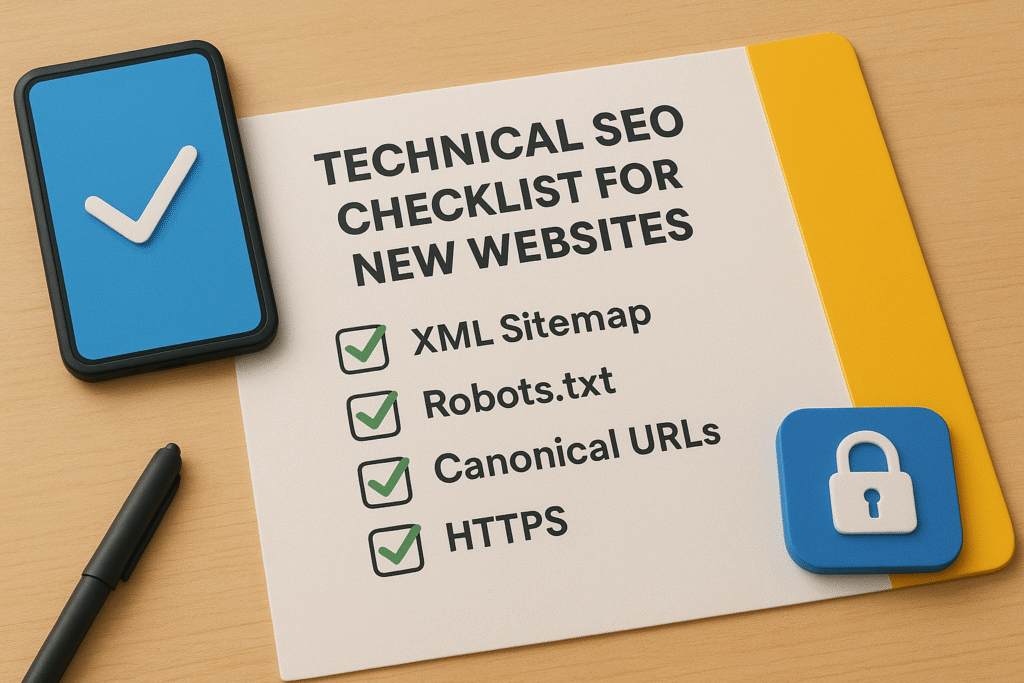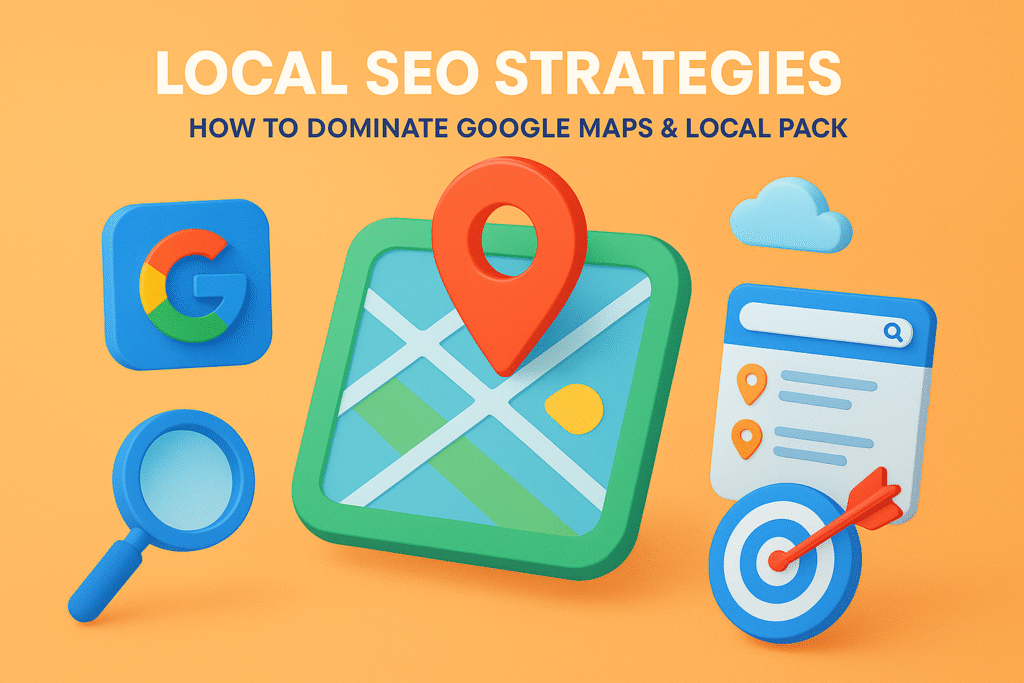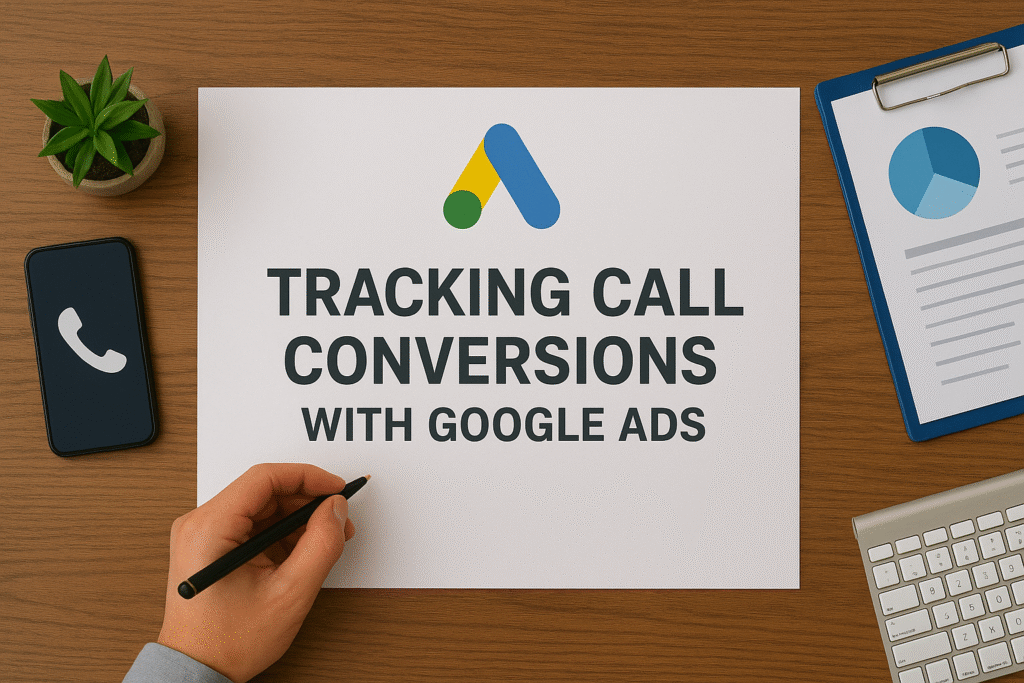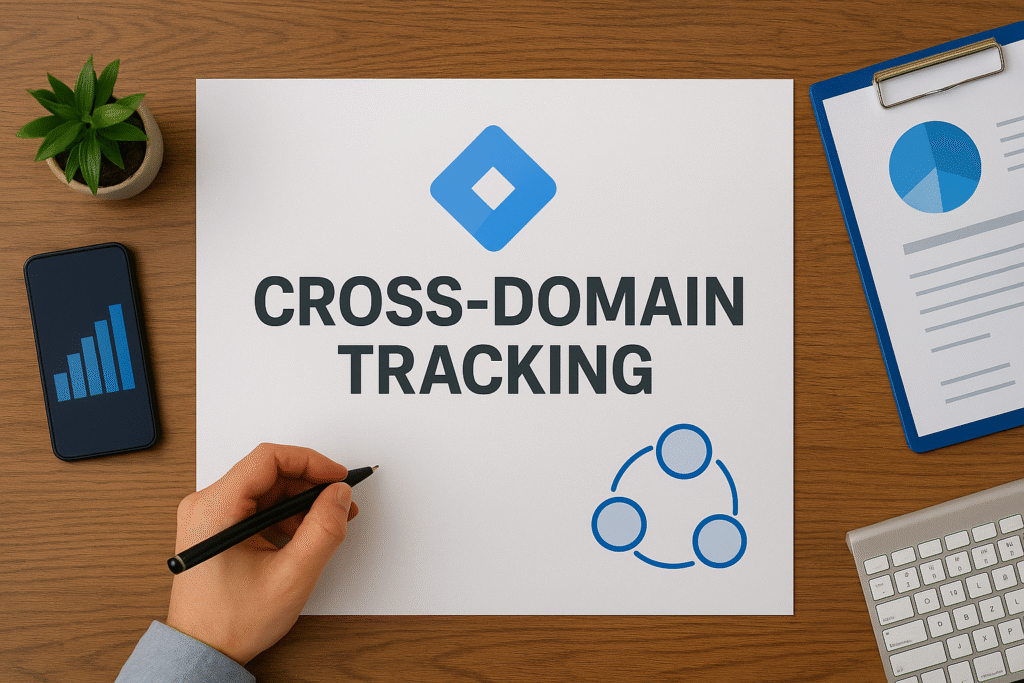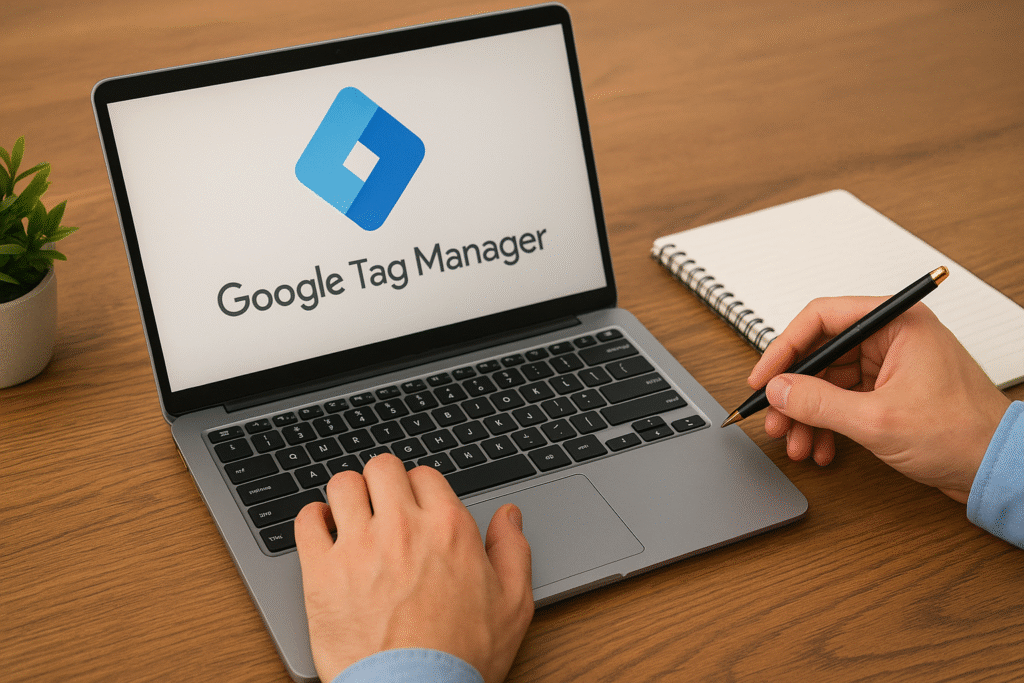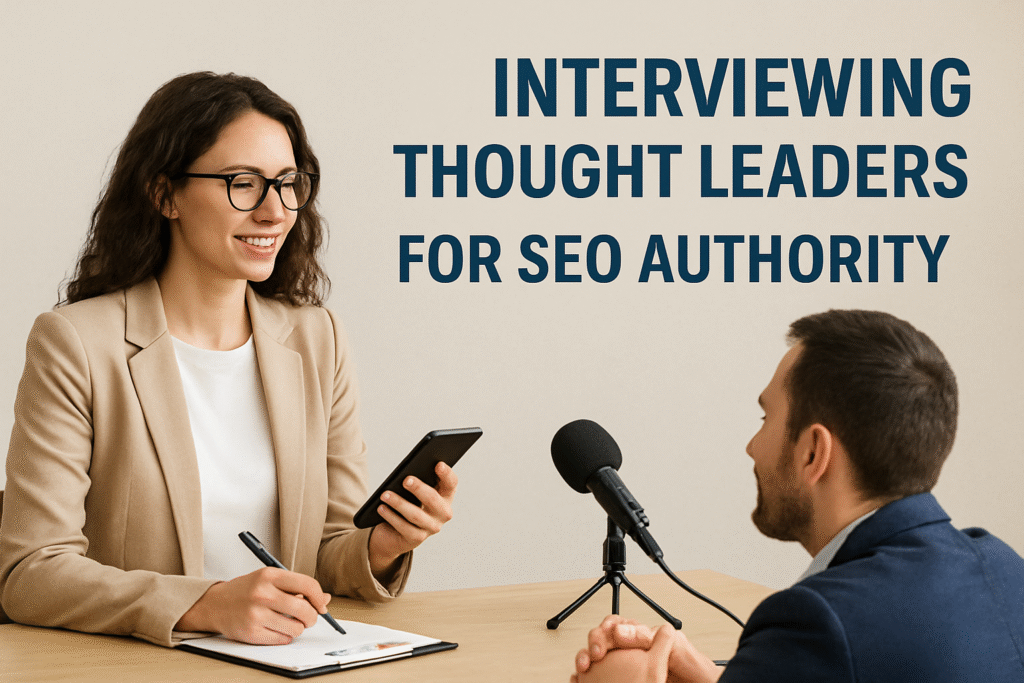When I first started exploring new strategies to scale brand visibility and trust, I was skeptical about the hype around influencer marketing. It sounded like something only B2C lifestyle brands needed. But once I implemented a focused strategy, the results were too impactful to ignore. Influencer marketing for growth has now become one of my core digital marketing tactics, and in this blog, I’ll share exactly why that is—and how you can use it smartly.
Why Influencer Marketing Works
I believe it all comes down to one word: trust. Influencers have already built credibility with their audience. People follow them not just for entertainment or inspiration but for recommendations they can believe in. When an influencer authentically talks about a brand or product, it bypasses the skepticism traditional ads usually face.
According to Statista, the global influencer marketing industry was worth over $21 billion in 2023, and it’s still growing. That stat alone is proof of its effectiveness and relevance in today’s marketing landscape.
Understanding the Types of Influencers
Before diving into collaboration, I always make sure I understand the different categories of influencers. This helps in aligning goals and budgets effectively:
- Nano-influencers (1K–10K followers): Extremely niche and highly engaged audiences. Great for localized campaigns.
- Micro-influencers (10K–100K followers): The sweet spot in my opinion—cost-effective with good reach and trust.
- Macro-influencers (100K–1M followers): Excellent for brand awareness campaigns, especially in B2C verticals.
- Mega or celebrity influencers (1M+ followers): High visibility, but with a much bigger budget requirement and possibly lower engagement.
I’ve had the best ROI with micro-influencers who resonate deeply with a specific community or niche. If you’re running a campaign on a tight budget but still want impact, this is where I recommend starting.
How I Identify the Right Influencers
Selecting the right partner is everything in influencer marketing for growth. It’s not just about follower count—it’s about relevance and authenticity. When evaluating potential influencers, I look at:
- Audience demographics: Are they speaking to my target customer?
- Engagement rate: Are people commenting, liking, and saving their content?
- Content quality: Is their tone aligned with my brand’s voice and values?
- Platform relevance: Are they strongest on Instagram, YouTube, TikTok, or LinkedIn?
I usually use tools like HypeAuditor and Upfluence to dig into influencer metrics before reaching out.
Building Meaningful Collaborations
One of the biggest mistakes I see brands make is treating influencers like just another ad channel. That never works. I make it a point to build real relationships, not transactions.
Here’s how I collaborate for impact:
- Start with a personalized outreach: I don’t use templated DMs. I take time to understand their content and mention why I think we’d be a great match.
- Offer creative freedom: Influencers know what resonates with their audience. I give them a clear brief, but I never micro-manage.
- Align on deliverables early: This includes number of posts, timelines, story mentions, and campaign hashtags.
- Negotiate fairly: Respect their worth. I’ve seen better performance when influencers feel respected and properly compensated.
Pro Tip:
Always use a contract that outlines usage rights, timelines, compensation, and expectations. This protects both parties and builds professional trust.
Measuring Success in Influencer Marketing
One thing I learned quickly is that vanity metrics can be misleading. A video going viral doesn’t always mean conversions. That’s why I always set SMART goals (Specific, Measurable, Achievable, Relevant, and Time-bound) before starting a campaign.
For influencer marketing for growth, here are the KPIs I track:
- Engagement Rate: Comments, shares, and saves show real interaction.
- Traffic Spike: Tools like Google Analytics help track referral traffic from influencer links.
- Conversions: I use custom landing pages or discount codes to attribute leads or sales accurately.
- Content Lifespan: Some posts, especially on YouTube or blogs, continue driving results long after the campaign ends.
Examples of What Worked for Me
In one campaign for a SaaS brand, I collaborated with three niche tech reviewers on YouTube. Instead of scripted reviews, I asked them to walk through their actual user experience with the product. The result? Over 30% uplift in trial sign-ups within two weeks.
In another case, I partnered with a few LinkedIn influencers in the digital marketing space to co-create carousel posts around marketing myths. This not only boosted visibility but also positioned my brand as an authority on the subject.
These weren’t luck—they were a result of intentional partnerships grounded in mutual value.
Is Influencer Marketing Right for You?
If you’re still wondering whether influencer marketing for growth is right for your business, here’s my take: It depends on your product, your target audience, and your willingness to build long-term partnerships.
It’s not a quick-fix strategy. But when done right, it can bring exponential brand growth, improved trust, and long-lasting content assets. And in many cases, the content created during the campaign can be repurposed across your own social channels or email sequences.
I always remind myself: influence is earned, not bought. You need to make it worth their time and their audience’s attention.
Conclusion
Over the years, I’ve come to believe that influencer marketing for growth is one of the most underutilized strategies for emerging and even established brands. It combines the power of storytelling, community trust, and organic reach—all things that paid ads often struggle to achieve alone.
If you’re looking to grow authentically and at scale, this is one strategy you can’t ignore. Begin by identifying influencers who align with your values, collaborate with them transparently, and measure what truly matters.
For a deeper look at building long-term strategy, check out my post on How to Write SEO-Friendly Content That Still Converts—a perfect complement to what you’ve just read.
Also Read:
-
The Rise of AI-Generated Content: Should You Use It for Marketing?
-
The Role of Personalization in Modern Digital Marketing
-
Typography in Content Design: Choosing the Right Fonts for Readability
-
The Role of UX Writing in Modern Content Strategy
-
How to Create Interactive Content That Increases Engagement



